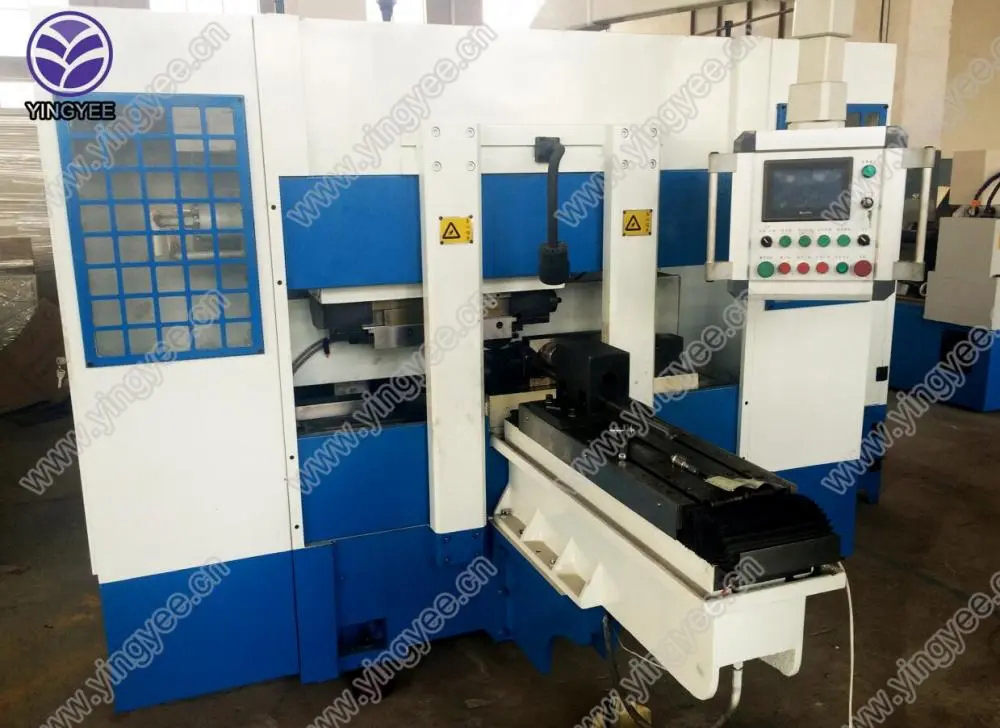
The Evolution of Automatic T Ceiling Production Lines
In today's fast-paced industrial landscape, efficiency and precision are paramount. One of the most significant advancements in manufacturing technology is the development of automatic T ceiling production lines. These systems have revolutionized the way T ceilings—commonly used in commercial and residential construction—are produced, enhancing both productivity and quality.
Understanding T Ceilings
T ceilings, often referred to as drop ceilings or suspended ceilings, consist of a grid system that holds lightweight panels in place. They are popular for their aesthetic appeal and ability to conceal wiring and plumbing while providing acoustic benefits. Traditionally, the production of these ceilings involved manual labor, which was time-consuming and prone to human error. With the advent of automation, these processes have been streamlined, making production faster and more reliable.
Key Features of Automatic T Ceiling Production Lines
1. High Precision Automatic production lines are equipped with advanced machinery and software that ensure high precision in cutting and assembling ceiling components. This reduces waste and ensures that each piece fits perfectly, aligning with industry standards.
2. Increased Speed Automation significantly speeds up the manufacturing process. Where manual production might require hours or even days, an automatic line can complete the same tasks in a fraction of the time. This is particularly beneficial for large-scale projects where meeting deadlines is critical.
3. Consistency in Quality Uniformity is crucial in construction materials. Automatic T ceiling production lines provide consistent quality across all products, eliminating the variations commonly seen in manual production. This reliability builds trust with customers and clients, as they can expect the same quality each time.
4. Reduced Labor Costs By automating the production process, businesses can reduce labor costs associated with manual work. Fewer workers are needed to manage the production line, allowing companies to allocate resources to other areas of their operations.

5. Flexibility and Customization Modern automatic production lines can be easily reconfigured to accommodate different designs and styles. Whether a standard panel or a custom-cut piece is required, these systems can adapt quickly, catering to the specific needs of clients.
The Economic Impact
The implementation of automatic T ceiling production lines has profound economic implications. Manufacturers can increase their output while decreasing costs, leading to higher profits. Furthermore, the faster turnaround times can improve customer satisfaction, leading to repeat business and a stronger reputation in the market.
As the construction industry continues to evolve, the demand for efficient and high-quality products grows. A well-functioning automatic T ceiling production line meets this demand, providing manufacturers with a competitive edge.
The Future of Automatic Production Lines
Looking ahead, it is clear that the future of T ceiling production will increasingly rely on automation. Advancements in technology, such as artificial intelligence and robotics, will likely play a significant role in enhancing the capabilities of these systems. Manufacturers can expect even greater levels of efficiency, customization, and integration with other automated processes in the production chain.
Conclusion
In conclusion, automatic T ceiling production lines represent a significant leap forward in manufacturing technology. Their ability to increase speed, precision, and quality while reducing costs makes them indispensable in today's construction industry. As technology continues to advance, these systems will undoubtedly evolve, further transforming how T ceilings are produced and contributing to a more efficient and sustainable manufacturing environment. The commitment to innovation in this area not only benefits manufacturers but also enhances the overall quality of building materials, ultimately benefiting consumers and the industry as a whole.